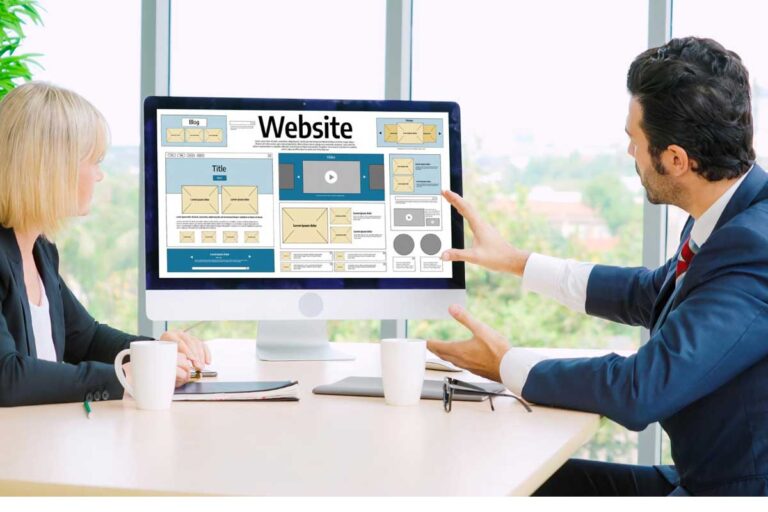When it comes to setting up an office space, there are many factors that must be taken into consideration. One of the most important is the cost involved in the fit-out process.
In this comprehensive guide, we will explore the average fitout costs associated with office spaces and provide advice and tips on how to reduce expenses while still achieving a professional finish. Well look at everything from furniture to facilities management and more, so you can make an informed decision about your workspace fit-out project.
Factors Affecting the Cost of Office Fitouts
When it comes to the cost of office fit-outs, there are a variety of factors that come into play. The size and scope of the space being fitted out will have an effect on the final price tag, as larger workspaces require more time and materials. Additionally, any specialized furniture or equipment needed for the project can add significantly to costs.
Furthermore, if you wish to purchase high-end fixtures such as designer furniture or bespoke joinery, this also has an impact on your total expenses. Finally, labor costs can vary depending upon who is carrying out the work – from professional contractors to in-house employees – so ensure you factor these considerations into your budget before committing to a fit-out solution.
Strategies to Reduce Office Fitout Costs

Creating an office fit out that meets a company needs can be expensive. Fortunately, there are strategies to reduce the cost of your office fit-out without sacrificing quality or functionality. Here are some tips for reducing the costs associated with an office fit-out:
Shop around and compare prices: When it comes to big expenditures such as an office fit-out, you should always shop around in order to get the best deal possible. Compare multiple vendors and products before making any decisions so that you can ensure youre getting the most value for your money.
Consider refurbished furniture: Used furniture may not sound ideal but it can provide great savings when compared to buying new items at full price. Refurbished furniture is often just as good as new and will look brand-new after being cleaned up a bit – plus, many companies offer warranties on their used items!
Choose modular pieces instead of custom designs: Custom designs tend to come with higher costs than more standardized pieces like modular ones because they require additional work from designers and manufacturers alike in order to create something unique for your space. Modular options allow for flexibility while still providing all of the necessary features for an efficient workspace at a much lower cost overall.
Utilise Space Efficiently: Maximising existing space is another effective way of reducing expenditure on an office fit-out. Careful planning ensures that no area goes unused which reduces unnecessary purchasing expenses. Walls, floors, lighting fixtures, storage areas; every aspect should be considered prior to commencing fitting out works.
Commonly Used Materials in an Office Fitout
When it comes to fitting out an office space, there are a variety of materials that may be used. Different types of furniture, fixtures, and fittings can be employed depending on the particular style or atmosphere sought by the client. From contemporary to classic, industrial touches to modern minimalism – each look will require different materials in order to achieve its desired effect.
Commonly-used materials include wood, metal, plastic, and glass; although other options such as upholstery fabrics and floor coverings can also be utilized in order to create a unique finish. When planning an office fit out project it is important to consider all relevant factors carefully before making any decisions regarding material choices – such as cost effectiveness, durability, and maintenance requirements in order to ensure that the final product meets expectations whilst staying within budget.
Design Considerations for Optimal Efficiency and Comfort

When designing the office space of your dreams, it is critical to consider both efficiency and comfort. While maximizing efficiency can lead to a more productive work environment, providing a comfortable atmosphere for staff should also be taken into account. In order to achieve optimal results, thought must be given to elements such as lighting, temperature control, ergonomics, and furniture selection – all of which will contribute to creating an efficient yet inviting workspace.
Lighting plays a major role in setting the tone for any room; bright lights are great for increasing productivity but too much can cause discomfort or strain on eyesight. Consider using natural light where possible combined with adjustable artificial lighting options so that the ambiance of any area can easily be altered throughout the day. Additionally, think about incorporating task-specific lights such as desk lamps that allow employees to adjust levels depending on their needs at any particular time.
Temperature control is another important factor when optimizing workplace comfort and productivity levels – no one wants to work in a hot or cold environment! Ensure air conditioning units are installed correctly and maintained regularly so they run optimally – this will help keep energy costs down while still allowing you to maintain desired internal temperatures regardless of external conditions outside.
Ergonomics must not be overlooked either – investing in good quality desks and chairs allow workers’ bodies to remain supported during long periods at their desks without causing fatigue or strain due to health issues related to poor posture caused by substandard equipment designs. Finally, choosing colors wisely is essential for giving off positive vibes within office spaces; research indicates certain shades have been proven beneficial in aiding concentration levels whilst others may provide more calming effects depending on what kind of mood you want your staff members working in throughout the day.







